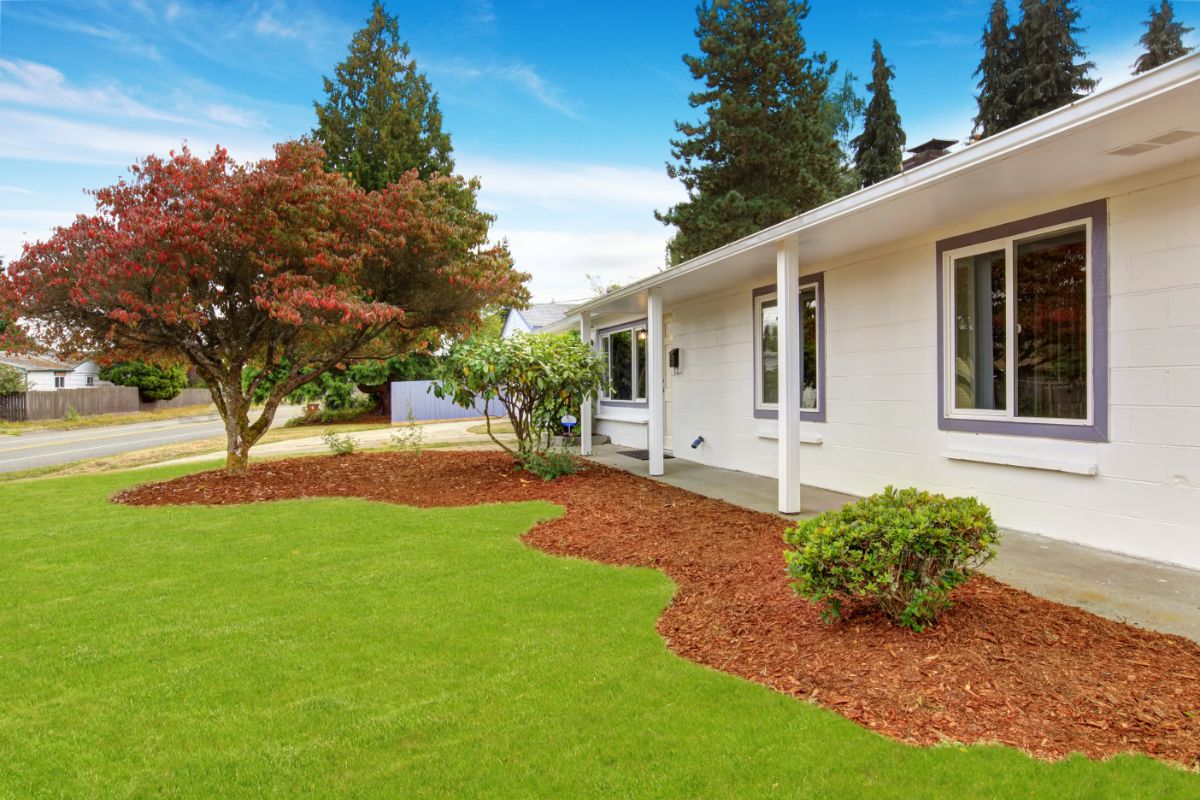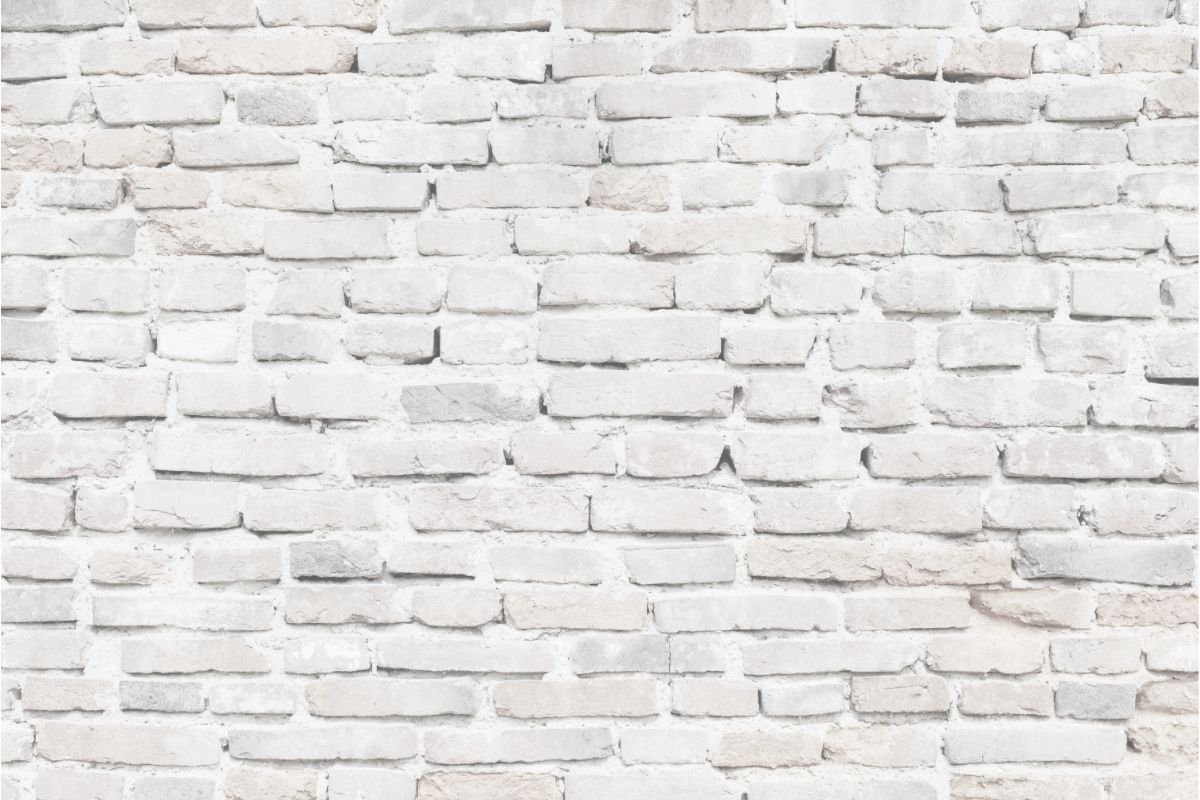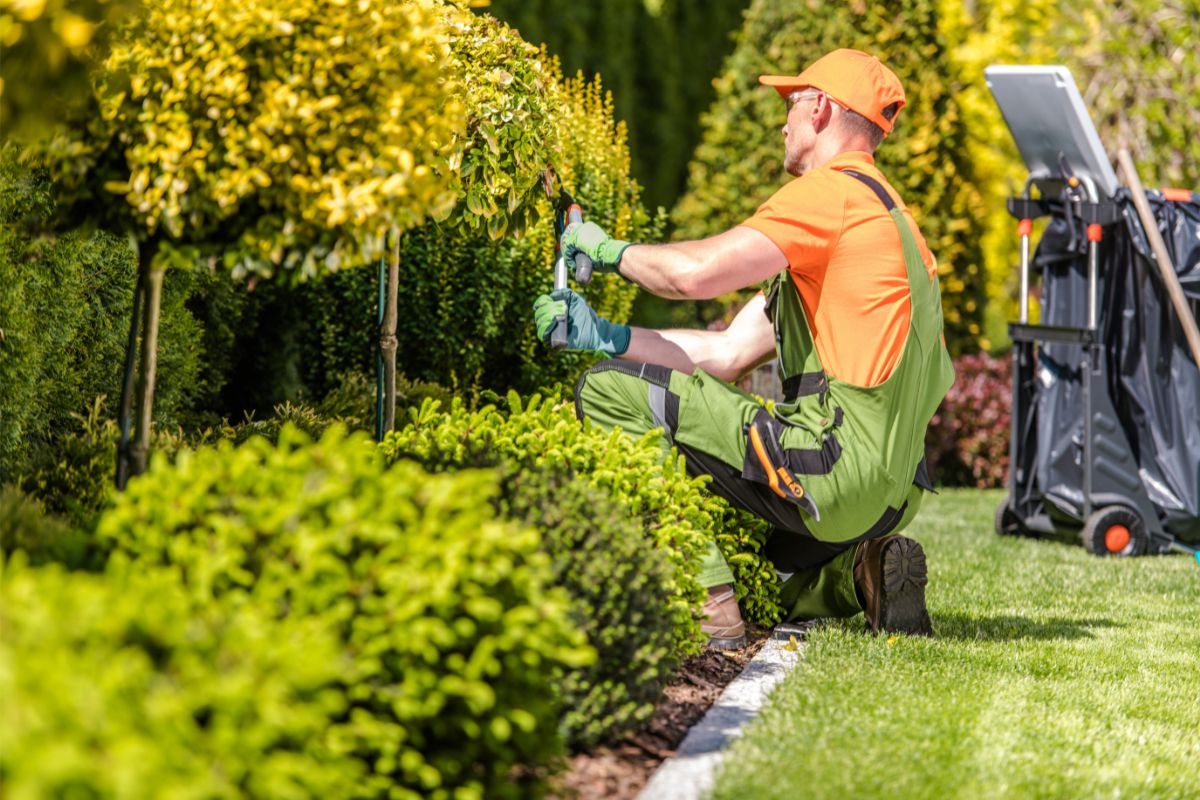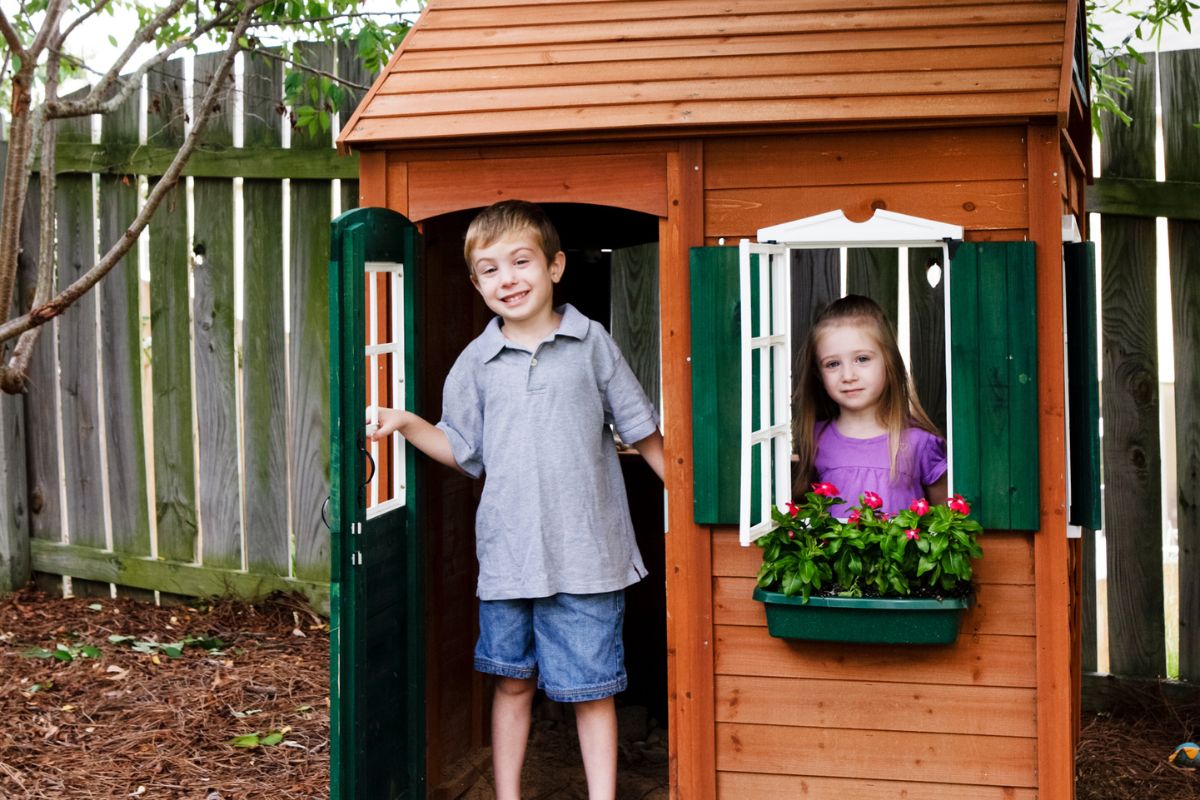How often do you notice new houses or apartments that look great from the outside, but inside they seem unfinished? Maybe the paint job isn’t quite done, or maybe the landscaping looks shabby.
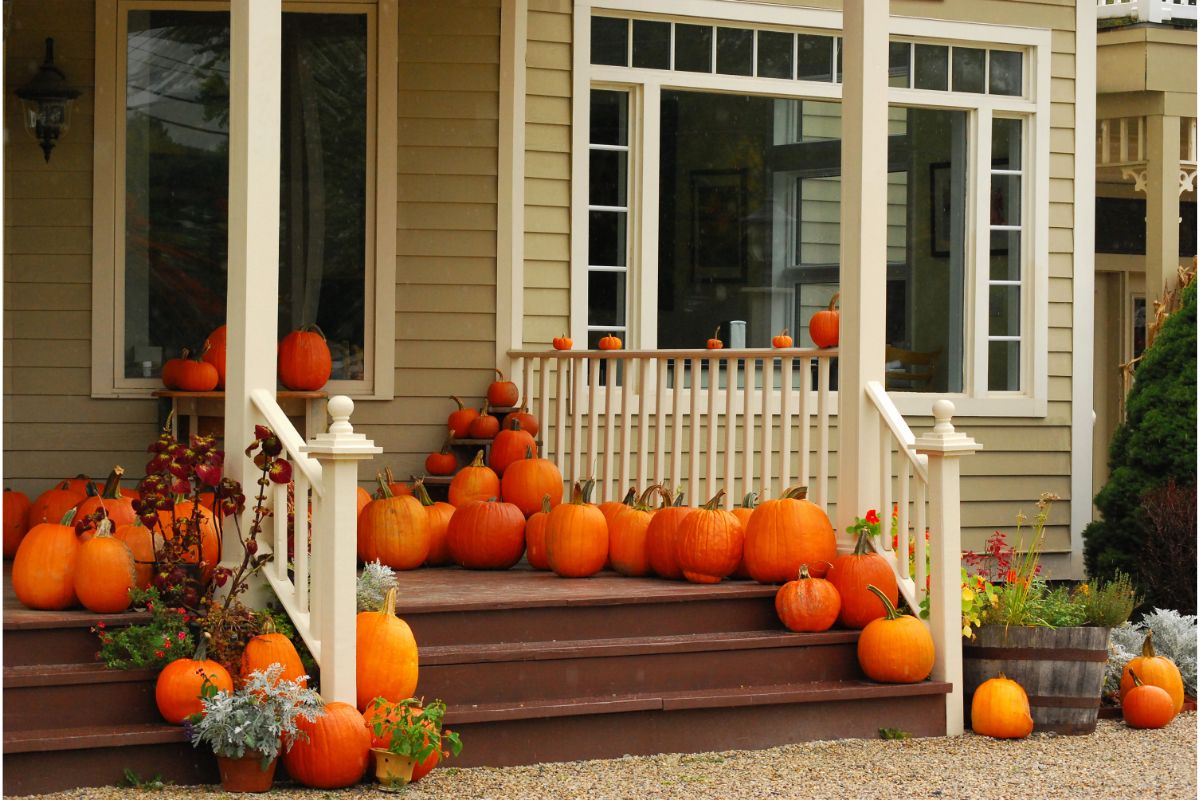
The exterior of your home is the first thing visitors see, so it makes sense that it should be well maintained – and a large part of this includes paying attention to your front porch posts.
If you are looking to boost the curb appeal of your home, your front porch should be a key priority – and we have all you need to know to wrap your porch posts and ensure that your house looks its best for visitors and prospective purchasers alike!
What Does It Mean To Wrap Your Porch Posts?
Wrapping your porch posts refers to the practice of adding an exterior coating or covering to the posts of your existing porch, which helps protect them from the elements.
There are many different types of materials that can be used to cover your porch posts, including wood wraps, vinyl siding, concrete wraps, and even metal wraps.
The type of material you use depends largely on what kind of look you want to achieve, and also on what kind of weather conditions you expect to encounter.
For example, if you live in a region where it gets cold and damp during the winter months, you’ll probably want to choose something like a concrete wrap, since these tend to be sturdier than other options.
On the other hand, if you live somewhere where it rarely snows, you might opt for something like a wooden wrap instead.
Why Should I Wrap My Front Porch Posts?
Before we take a closer look at the best ways to wrap your front porch posts, you may be wondering why this should be a key priority. After all, if you want to sell your home, then you don’t really care about how attractive it appears on the outside, right?
Well, there’s more than one reason why you might want to consider wrapping your porch posts. Here are just a few:
It Will Help Improve The Look of Your Home
If you’re selling your home, you’ll likely want to focus on making sure that it looks as good as possible before putting it up for sale. One way to make sure that your home looks its best is by ensuring that your front porch posts are wrapped properly.
If you’ve ever seen a picture of someone’s home with their porch posts exposed, chances are that it doesn’t look very appealing, and often looks unfinished or unloved.
When people walk around your property, they will naturally look at the front of your home – this is the first impression they will get of your home, and wrapping your porch posts can help improve the overall appearance of your home, giving it an added layer of attractiveness.
It Can Make Your Home More Comfortable To Live In
When you live in a home, you spend a lot of time outdoors – whether it’s sitting out on your back patio, spending time relaxing in your living room or enjoying some downtime in your backyard.
Wrapping your porch posts offers that little extra touch, and can make spending time hanging out on your porch that little more appealing.
It Can Protect Your Porch Posts
If you leave your porch posts exposed, they could easily become damaged over time, especially when it rains. By wrapping them, you can keep them protected from the elements, helping to prevent any potential issues.
The Best Ways To Wrap Your Porch Post
There are several different methods that you can use to wrap your porch posts. However, not all of them are created equal, so it’s important that you know exactly what each option entails, and how well it works.
Here are three of the most popular ways to wrap your porch posts:
Wood Wraps
Wood wraps are probably the most common method of wrapping porch posts. They come in a variety of styles, sizes, and colors, and are typically made from wood. Wood wraps are usually attached to the post using screws, nails, or adhesive.
Pros
- They’re easy to install
- You can customize them to match your style
Cons
- They can be expensive
- They require regular maintenance
Concrete Wraps
Concrete wraps are similar to wood wraps in many respects, but they differ in terms of the benefits – unlike wood, concrete wraps will not rot, warp or crack like wooden wraps would, which makes them perfect for outdoor applications.
Pros
- No need for regular maintenance
- They’re inexpensive
Cons
- Can only be installed during warmer months
Metal Wraps
Metal wraps are another type of wrap that you can choose to install on your porch posts. Unlike other types of wraps, metal wraps are designed to withstand extreme weather conditions, and won’t rust, peel or fade.
Pros
- Extremely durable
- Easy to install
Cons
- Expensive
- Not recommended for indoor uses
Stone Wraps
Stone wraps are one of the most attractive options available if you’re looking to add a unique element to your porch posts.
Stone wraps are made from a range of types of stone, and can be found in a wide range of shapes and sizes, allowing you to choose the perfect material for your desired look. You can even find stone wraps that have been hand-carved into specific designs.
Pros
- Attractive
- Unique
Cons
- Very expensive
- Requires professional installation
Installing Porch Posts
Porches are a common feature of American homes, but installing them isn’t as easy as just slapping up a few boards – and you will need to have porch posts in place before you can wrap them.
If you already have posts in place, then you can skip this step, but if not, installing porch posts requires a little bit of planning and preparation, so make sure you get everything ready beforehand.
Before you begin, you’ll first need to determine whether you want to build your porch yourself or hire someone else to do it for you. If you plan to build your own porch, you’ll need to prepare the site by clearing away vegetation and removing rocks and debris.
Then, you’ll need to dig a hole large enough to accommodate the base of your porch posts.
Next, you’ll need to set your posts into place. To do this, you’ll need to drill pilot holes through each end of the post and then insert screws into those holes.
Once all four posts are installed, you’ll need to fill the holes with concrete. Afterward, you’ll need to allow the concrete to dry thoroughly before you move on to the next step, which involves attaching the porch roof.
If you’re hiring someone else to install your porch posts, be sure to specify exactly what you’d like done. This way, you won’t be surprised at the final cost.
Steps to Installing Porch Posts
Clear Away Vegetation and Debris
If you’ve decided to build your own porch posts, you’ll first need to clear away any vegetation and debris that may interfere with installation. Make sure that you remove anything that could damage your posts, including shrubs, trees, and fences.
Dig Hole Large Enough to Accommodate Base of Post
Before you start digging, measure out the distance between your posts. Be sure to account for the thickness of the concrete slab that you’ll eventually pour around your posts.
Drill Pilot Holes Through Each End Of Post
To ensure that your posts fit snugly into their holes, you’ll need to carefully drill pilot holes through both ends of each post. Use an electric drill fitted with a 1/4-inch drill bit.
Insert Screws Into Pilot Holes
Once you’ve drilled pilot holes through each end, you’ll need to insert screws into those holes to secure the posts in place. You should use two screws per post.
Fill Holes With Concrete
Once you’ve inserted the screws, you’ll need to pour concrete into the holes. Pour the concrete until it reaches about halfway up the sides of the posts. Let the concrete harden completely before moving on to the next step.
Attach Roof
After the concrete has dried, you’ll need to attach the roof to the top of your porch posts. The easiest way to do this is to use wood shims. Simply drive wooden shims under the edges of the roofing material and fasten them down with nails.
Finish Up
After you’ve attached the roof, you’ll need to finish off the project by filling in any gaps between the posts and covering over the screw heads. For added security, you can also add decorative caps to cover the tops of your posts.
Now, you are ready to wrap!
Wrapping Your Front Porch Posts
Once you have decided which method you’d prefer to use, it’s time to start wrapping your porch posts. The following steps should help you determine the best way to go about doing so:
Step 1: Measure Your Porch Posts
Before you begin wrapping your porch posts, you’ll need to measure them. This will ensure that you purchase the right size wrap, and also allow you to see if there are any gaps between your porch posts and the house itself.
You may want to consider purchasing a tape (Also check out this Flex Tape Review) measure, as measuring by hand can sometimes lead to errors.
Step 2: Prepare Your Chosen Material
Next, you’ll need to prepare the material that you plan on using to wrap your porch posts with. If you decide to use wood wraps, you’ll need to cut them into the appropriate length.
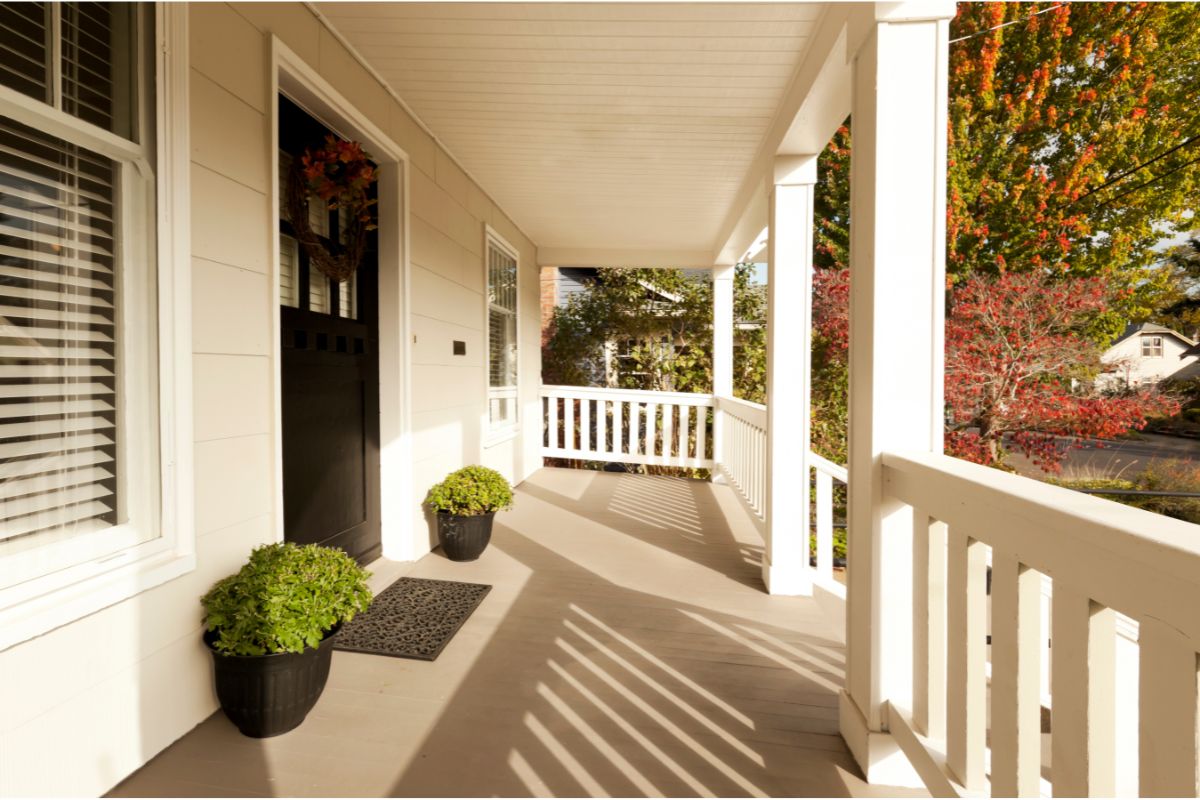
For concrete wraps, you’ll need a drill bit that is slightly larger than the diameter of your post. Metal wraps don’t require any preparation at this point, but it is important that you choose the right size for your posts.
If you are using stone to wrap your porch posts, you will need to make sure that the stones are clean and free of debris before you begin wrapping them. It’s also a good idea to wear gloves while working with stone, as it can get messy.
Unless you know what you are doing, however, it is best to leave the stone wrapping to the experts.
Step 3: Wrap Your Porch Posts
Now that you’ve prepared the materials and determined the correct size for your wrap, it’s time to wrap your porch posts. To do this, simply lay out the wrap around each post, ensuring that it covers all sides.
Once you’re done wrapping, you’ll need to secure the wrap with some sort of adhesive. There are several different ways to do this, including double-sided tape, epoxy glue, and cement.
The adhesive you choose will depend largely on the material you choose to wrap your posts.
Some of the primary adhesives used typically include:
Epoxy Glue
Epoxy glue is often used to seal cracks and holes in concrete, and can also be used to attach various items to concrete surfaces. When applied correctly, it dries clear and hardens within seconds.
This can be a great choice to secure post wraps made of wood, stone, or metal.
Cement
When choosing a cement to use to secure your porch posts, you should look for one that has been formulated specifically for outdoor applications. Cement designed for indoor use may not adhere properly to outdoor surfaces.
After applying the chosen adhesive, wait until it completely dries before moving on to the next step.
Step 4: Apply Decorative Finishes
Once your porch posts are wrapped, they will likely still need additional finishing touches. These can range from painting to adding decorative trim.
Whatever you choose to add, remember that these finishes should complement the style of your home rather than compete against it.
As an example, if you live in a traditional neighborhood, you might opt to paint your porch posts white to ensure that your home blends in well, and retains a clean, minimalist aesthetic.
On the other hand, if you live in an area where people tend to decorate their homes with bright colors, you might want to consider painting your porch posts a more vibrant shade.
In addition to color, you can also apply a variety of decorative finishes to your porch posts. You could, for instance, choose to add a coat of stain to give your porch posts a unique appearance.
Or, you could opt to add a layer of polyurethane to protect your porch posts from weathering.
Whatever type of finish you decide to apply, you’ll want to take care when selecting a product. For example, many exterior paints contain lead, which is toxic.
In fact, there have even been cases where children who ingested paint containing lead have suffered severe health problems. As such, it’s important to always follow manufacturers’ instructions when purchasing any products intended for use outdoors.
Final Thoughts
Wrapping your front porch posts is a great way to make your home look more attractive from the outside and, with a little DIY expertise and practice, is largely a job that can be completed without expert help – unless you are planning to use materials such as metals and stones.
For basic wood wraps, however, this is a simple DIY task!
- The Woodworkers Guide to Brad Nailers: Everything You Need to Know - September 25, 2023
- How To DIY An Aztec Garden Dining Table [The Easy Way] - October 18, 2022
- Farrow & Ball Pigeon: Is It Right For Your Home? - October 17, 2022

